Robotic lawn mowers have quickly gained popularity among Canadian homeowners seeking a more hands-off approach to lawn care. At first glance, they seem like the ultimate solution: quiet, automated, and seemingly maintenance-free. But as someone who has worked in the lawn equipment industry in Canada for over three decades, I can tell you—the reality is more complex. Behind the sleek design and tech features lie a number of practical challenges that many early adopters didn’t anticipate.
Before you invest in a robotic mower, it’s crucial to understand the real-life disadvantages of robotic lawn mowers, especially in a country like Canada where our terrain, weather, and lifestyle all present unique challenges. Let’s take a closer look at what these machines don’t always advertise and which one you can advise.
1. High Upfront Cost: Smart Tech Comes with a Hefty Price Tag
One of the most immediate disadvantages of robotic lawn mowers is the price tag — and for many Canadian homeowners, this is where the hesitation starts. Unlike a basic gas or electric mower that might cost $300 to $600, a quality robotic mower can easily set you back $1,500 to $3,500. And that’s just the beginning.
Hardware vs. Traditional Mowers: Justifying the Price
While it’s true that robotic mowers can save you time and effort, especially over a long season, the initial investment is significantly higher. For households trying to manage budgets — particularly during inflationary periods — this can feel like a steep and risky commitment. The promise of "automated convenience" doesn't always justify the cost for small or medium-sized lawns.
Hidden Installation Costs: Boundary Wires, Setup, and Expertise
Many models still require manual installation of perimeter wires, which can be time-consuming and, in some cases, require hiring a professional. Add to that the cost of accessories like charging stations, replacement blades, and firmware updates — and suddenly the total cost of ownership climbs even higher.
For Canadian homeowners, particularly those with larger or more complex lawns, the financial negatives of robotic lawn mowers become hard to ignore.
2. Maintenance Isn’t as “Automatic” as You Think
A common misconception about robotic mowers is that they’re completely hands-off. Unfortunately, that’s far from reality. One of the understated disadvantages of robotic lawn mowers is that they still require regular maintenance — just a different kind than traditional gas or electric mowers.
Blade Replacement & Cleaning Frequency
Robotic mowers work by cutting frequently and lightly. This means their small, razor-style blades wear out faster, especially when they hit twigs, rocks, or thick patches of grass — all common in Canadian yards. You’ll likely need to replace or sharpen blades every 1 to 2 months during the growing season. Dirt, sap, and clippings can also gum up the underside of the unit, requiring regular cleaning to prevent sensor failure or uneven cuts.
Battery Lifespan & Cold Weather Impact
Canada’s climate poses an added issue: cold temperatures degrade lithium-ion batteries over time. Battery replacements — often costing several hundred dollars — become necessary every few years. And during winter, most mowers need to be brought indoors and stored properly to avoid long-term damage.
3. Limited by Lawn Type: Not Suitable for All Canadian Yards
One of the often-overlooked negatives of robotic lawn mowers is their limited adaptability to complex or imperfect lawns — which, let’s face it, describes a large portion of Canadian properties.
Slope Handling & Terrain Navigation Challenges
Most residential robotic mowers max out at a slope capability of around 20–50%, and that’s under ideal conditions. Many homes in places like British Columbia or rural Ontario have hilly yards, uneven grades, or rough soil. Robotic mowers tend to struggle with traction, wheel spin, and drifting on even moderately sloped areas — especially if there’s morning dew or loose gravel.
Obstacles, Narrow Paths & Irregular Shapes
Canadian lawns often include garden beds, firepits, trees, fences, or stone walkways — all of which disrupt robotic navigation. If your yard includes narrow passages between different zones or irregular contours, you may find your robot getting stuck or skipping areas entirely. Some models do support multi-zone mowing, but the setup is often complex and unreliable without consistent Wi-Fi or GPS signals.
In short, robotic mowers aren’t one-size-fits-all, and many Canadians are disappointed to discover their yard simply isn’t compatible.
4. Safety & Security Concerns: Not Just Plug and Play
While robotic mowers are marketed as safe and autonomous, they come with safety and security drawbacks that Canadian homeowners should take seriously — especially in family-oriented or high-traffic neighbourhoods.
Child & Pet Safety: Is It Really “Worry-Free” Operation?
Modern robotic mowers are equipped with sensors to detect obstacles, but their response times aren’t always immediate, particularly when dealing with fast-moving pets or curious toddlers. A running blade, even if small, can still cause injury if someone gets too close at the wrong time. You can schedule mowing when no one is outside — but that defeats the purpose of automation.
Theft Vulnerability: Attractive Targets with Poor Locks
Robotic mowers are expensive, light, and often left out unattended. Without strong anti-theft features like GPS tracking, PIN codes, or audible alarms, they're easy targets for theft, especially in suburban areas or open properties. Some models offer better protection, but cheaper units often cut corners in this area.
Security and safety may not be deal-breakers, but they are clear disadvantages of robotic lawn mowers for many Canadian households.
5. Inconsistent Cut Quality for Lawn Perfectionists
If you take pride in having a finely manicured lawn — complete with clean lines, precise edging, and thick, healthy grass — then a robotic mower might fall short of your expectations. One of the more surprising disadvantages of robotic lawn mowers is their lack of precision in both appearance and performance.
Limited Height Adjustment and Patterning
Most robotic mowers trim a little at a time, and while that works for general maintenance, it doesn’t produce the clean, defined patterns that traditional mowers allow. Striping and alternating directions — the hallmarks of a professionally cut lawn — are impossible with most robotic systems.
Unable to Spot-Treat Problem Areas
Robots follow pre-set paths and don’t respond to lawn health conditions. If you’ve got patches of weeds, fungus, or bare spots, your robot will ignore them — possibly even spread disease by dragging blades through infected zones. That means you’ll still need to do manual spot maintenance to keep your lawn in peak condition.
6. Seasonal Limitations: Not a Year-Round Solution in Canada
Canadian homeowners face a unique challenge that most global robotic mower manufacturers don’t fully account for: our seasons. From early snowfalls to late springs, robotic mowers simply aren’t built for full-year performance in our climate.
As soon as frost hits or leaves begin to drop in early autumn, most robot mowers become ineffective. Wet leaves clog the blades and sensors, cold weather drains batteries faster, and frozen ground can cause the wheels to slip or the mower to misjudge boundaries. In winter, the mower must be stored indoors, preferably at room temperature, with battery maintenance to prevent degradation.
For homeowners looking for a true all-season solution, this is one of the clearest negatives of robotic lawn mowers — they hibernate for nearly half the year in most parts of Canada.
7. Tech Barrier: Not Everyone’s Ready for App-Controlled Lawn Care
For many homeowners — especially those in their 50s, 60s, or 70s — the shift from a pull-start mower to an app-controlled robot isn’t exactly seamless. One of the less talked about disadvantages of robotic lawn mowers is the learning curve involved in setup, troubleshooting, and everyday use.
Most robotic mowers rely on smartphone apps to set mowing schedules, adjust settings, run diagnostics, and even receive firmware updates. If you’re not comfortable navigating Wi-Fi pairing, GPS calibration, or occasional software bugs, you may end up frustrated rather than freed.
And in rural or remote Canadian areas where internet connectivity is spotty, the app’s advanced features may not work at all. The result? A smart mower that feels not-so-smart when it’s disconnected or misconfigured.
Why Should You Choose a Mammotion Robot Lawn Mower in 2025?
After exploring the negatives of robotic lawn mowers, you might wonder if any brand is truly worth considering. The truth is, not all robotic mowers are created equal — and that’s exactly where Mammotion stands apart.
As of 2025, Mammotion has redefined what Canadian homeowners can expect from automated lawn care. Unlike many of its competitors, it has addressed the real-world pain points that have frustrated users for years.
Wire-Free Setup with RTK Precision
Forget about digging trenches and installing fragile boundary wires. Mammotion uses RTK (Real-Time Kinematic) positioning, which allows for pinpoint accuracy without physical boundaries. That’s less setup time, lower installation costs, and no headaches when redesigning your landscape.
All-Terrain Performance with Smarter Navigation
With advanced obstacle detection, larger drive wheels, and better slope handling (up to 80%), Mammotion LUBA series performs reliably on uneven terrain, steep grades, and complex Canadian yards — even ones with tight corners and multiple mowing zones.
Built for Canada’s Seasons
Mammotion models are designed with weather resistance (IPX rating), extended battery life, and adaptive charging systems that respond to cold conditions. While you’ll still need to store it during deep winter, it runs longer into the fall and earlier in spring than most competitors.
Security & Safety You Can Trust
Each Mammotion unit features GPS anti-theft tracking, PIN protection, and advanced sensors that detect both pets and children with impressive accuracy. You get peace of mind with every cut.
For Canadians who want to enjoy the benefits of robotic mowing without all the typical drawbacks, Mammotion is leading the charge into a smarter, more reliable future.
Conclusion: Robotic Lawn Mowers Aren’t Perfect — But Smart Choices Can Minimize the Drawbacks
Robotic lawn mowers offer undeniable convenience — but they’re not without flaws. From high upfront costs and ongoing maintenance to limitations in lawn types, weather adaptability, and tech accessibility, the disadvantages of robotic lawn mowers are very real, especially for Canadian homeowners.
That said, not all robotic mowers deserve the same criticism. With brands like Mammotion addressing long-standing issues like boundary setup, terrain handling, and weather resilience, the future is looking much brighter for smart lawn care in Canada.
If you’re thinking about making the switch, go in with open eyes — understand both the negatives of robotic lawn mowers and the innovations that are solving them. Because when you choose wisely, you’re not just buying a mower — you’re investing in time, convenience, and a healthier lawn for years to come.
Frequently Asked Questions
1. What are the common disadvantages of robotic lawn mowers?
Robotic lawn mowers often come with a high upfront cost, require regular maintenance (like blade replacement and cleaning), struggle with steep or uneven lawns, and may face issues with battery life in cold weather. They can also have safety concerns with pets and children, and can be vulnerable to theft if not equipped with strong security features.
2. Are robotic lawn mowers suitable for all types of lawns?
Not necessarily. Many robotic mowers have difficulty managing slopes beyond 20–50%, navigating narrow or irregular yard layouts, and dealing with obstacles like trees, flower beds, or stone paths. Complex yards may require careful consideration of an AWD model before purchase.
3. How does Canadian weather affect robotic lawn mower performance?
Cold temperatures reduce battery efficiency and lifespan. Wet conditions like dew or rain can cause traction problems and sensor malfunctions. During winter, most models must be stored indoors to prevent damage, meaning they are not year-round solutions in Canada.
4. Is maintenance needed for robotic lawn mowers?
Yes. Although robotic mowers are automatic, you still need to replace worn blades regularly, clean the mower's underside to prevent buildup, and maintain the battery. Maintenance intervals are typically more frequent than traditional mowers.
5. Are robotic lawn mowers safe for pets and children?
Modern robotic mowers have sensors to detect obstacles, but response times aren't foolproof. Pets and children can be at risk if they come too close while the mower is operating, so supervision or scheduled mowing times when nobody is outside is recommended.
6. What makes Mammotion robotic lawn mowers different from other brands?
Mammotion eliminates the need for boundary wires by using advanced RTK GPS technology, which provides precise navigation without complex installations. It offers superior slope handling (up to 80%), enhanced weather resistance for Canadian climates, and improved security features including GPS tracking and PIN locks.
7. How does Mammotion handle Canadian terrain and seasons?
Mammotion's larger wheels and smarter navigation allow it to mow uneven, sloped, and multi-zone lawns effectively. Its adaptive charging and weather-resistant design help extend operation into early spring and late fall, though like all robotic mowers, it still requires winter storage.
8. Is Mammotion easy to set up and use for non-tech-savvy users?
Mammotion's wire-free setup simplifies installation compared to traditional robotic mowers. However, it still relies on app controls for scheduling and adjustments, which may require some initial tech comfort. Customer support is available to assist users with setup and troubleshooting.
9. Are robotic lawn mowers worth the investment?
It depends on your lawn size, layout, and lifestyle. While the initial cost is high and there are ongoing maintenance considerations, robotic mowers save time and reduce physical labor. Brands like Mammotion are making the investment more worthwhile by addressing many traditional drawbacks.


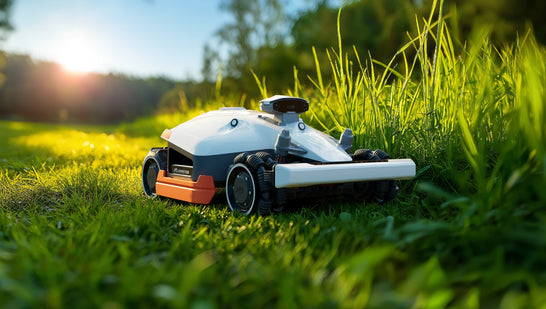
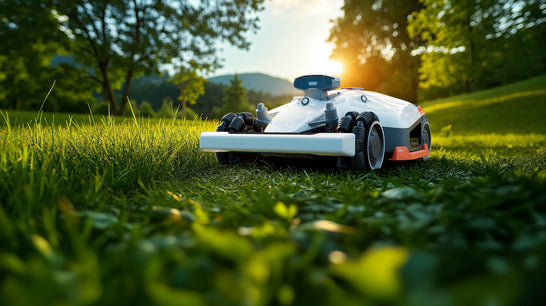
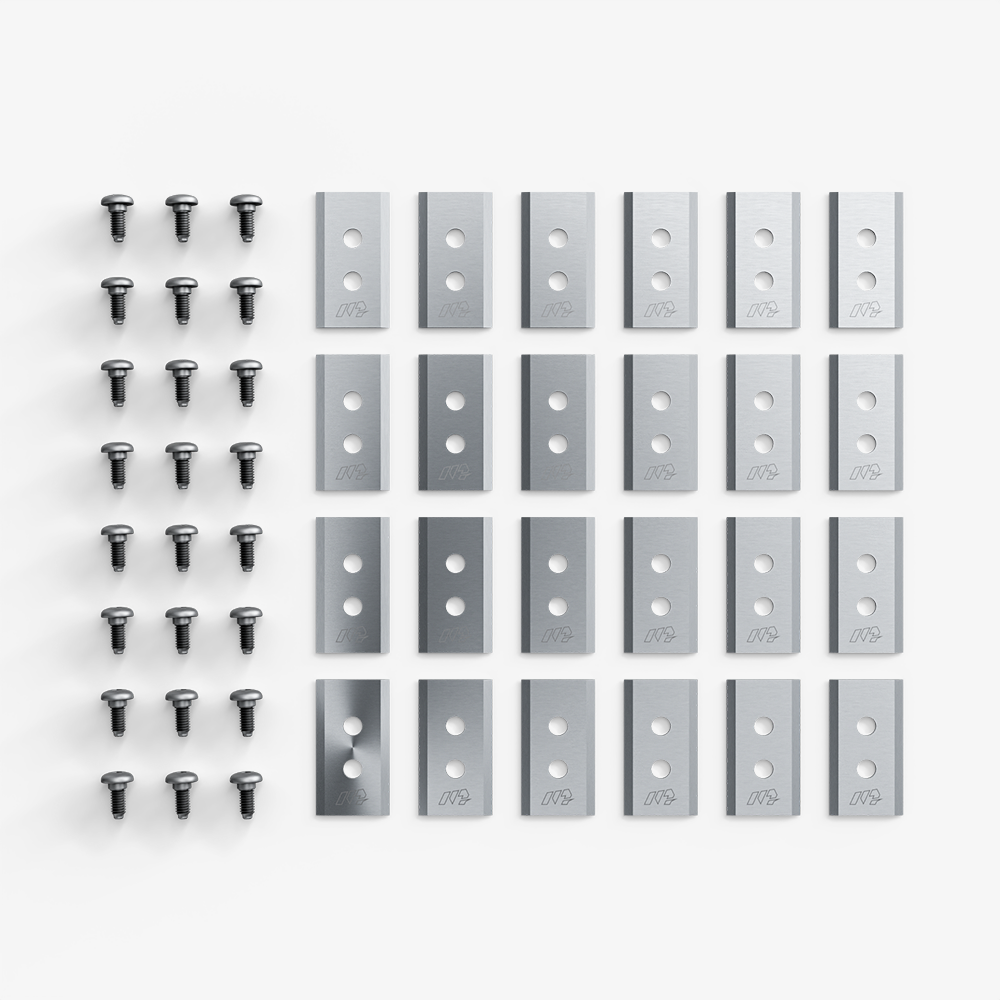
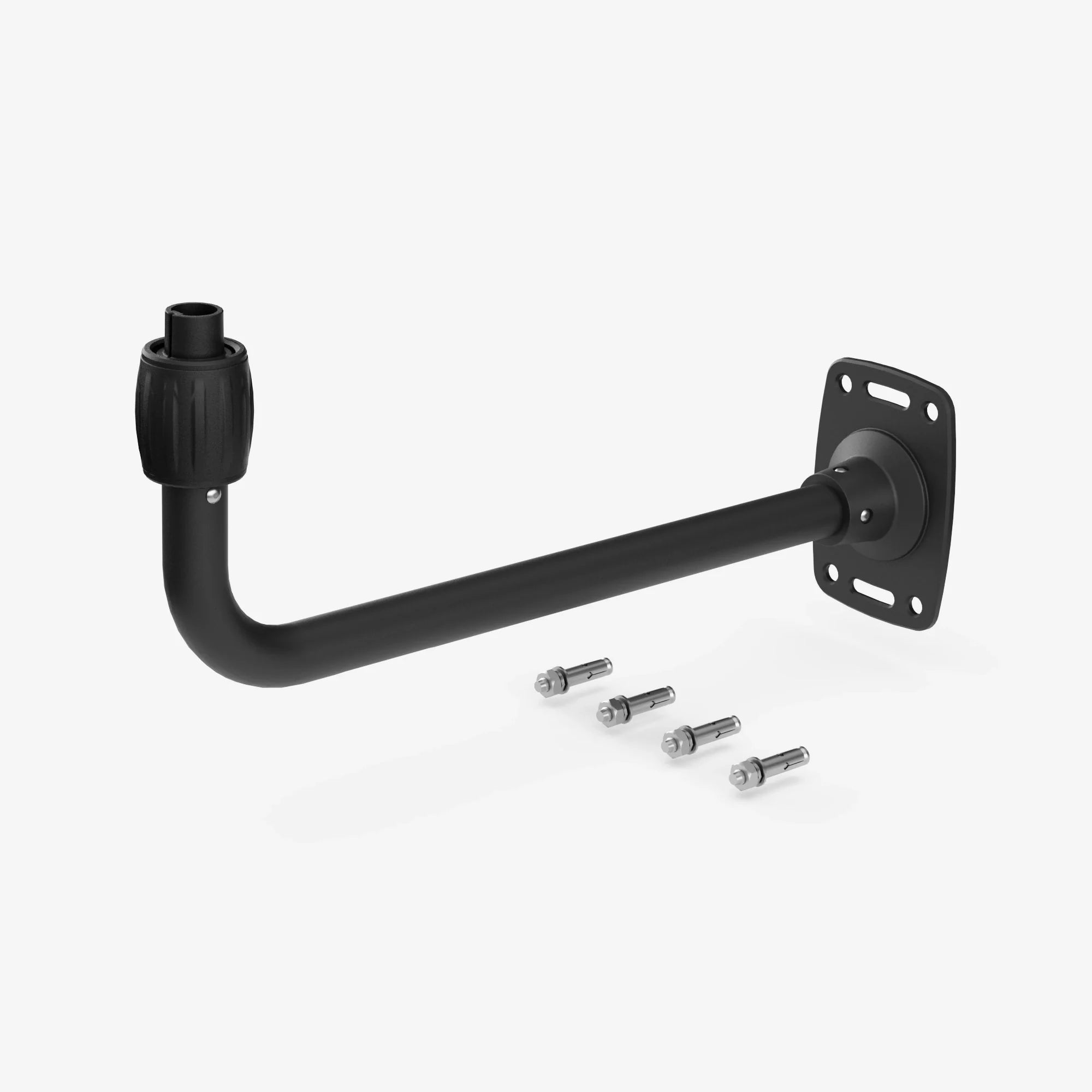
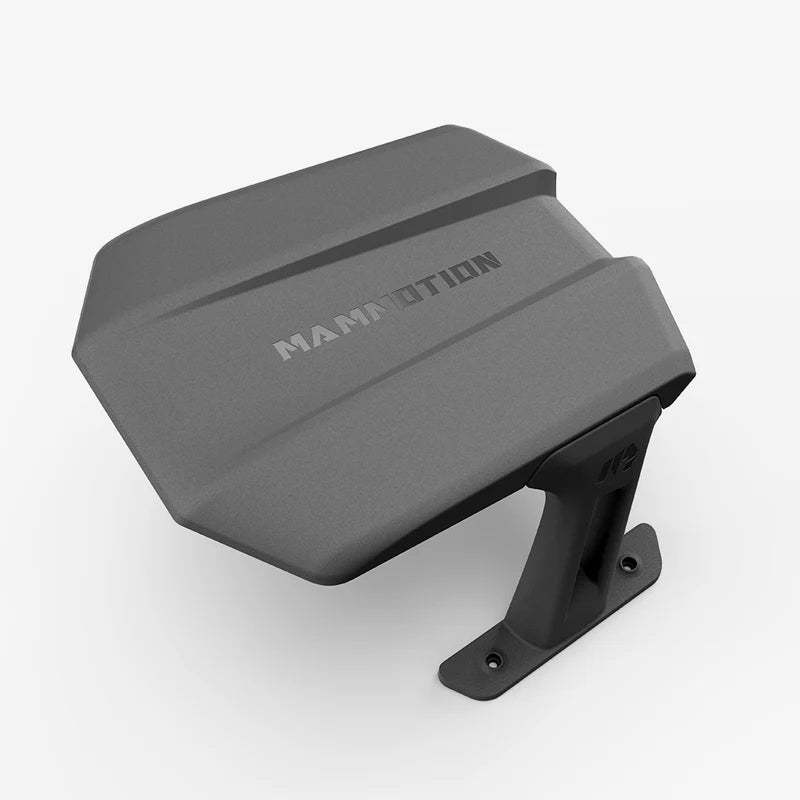
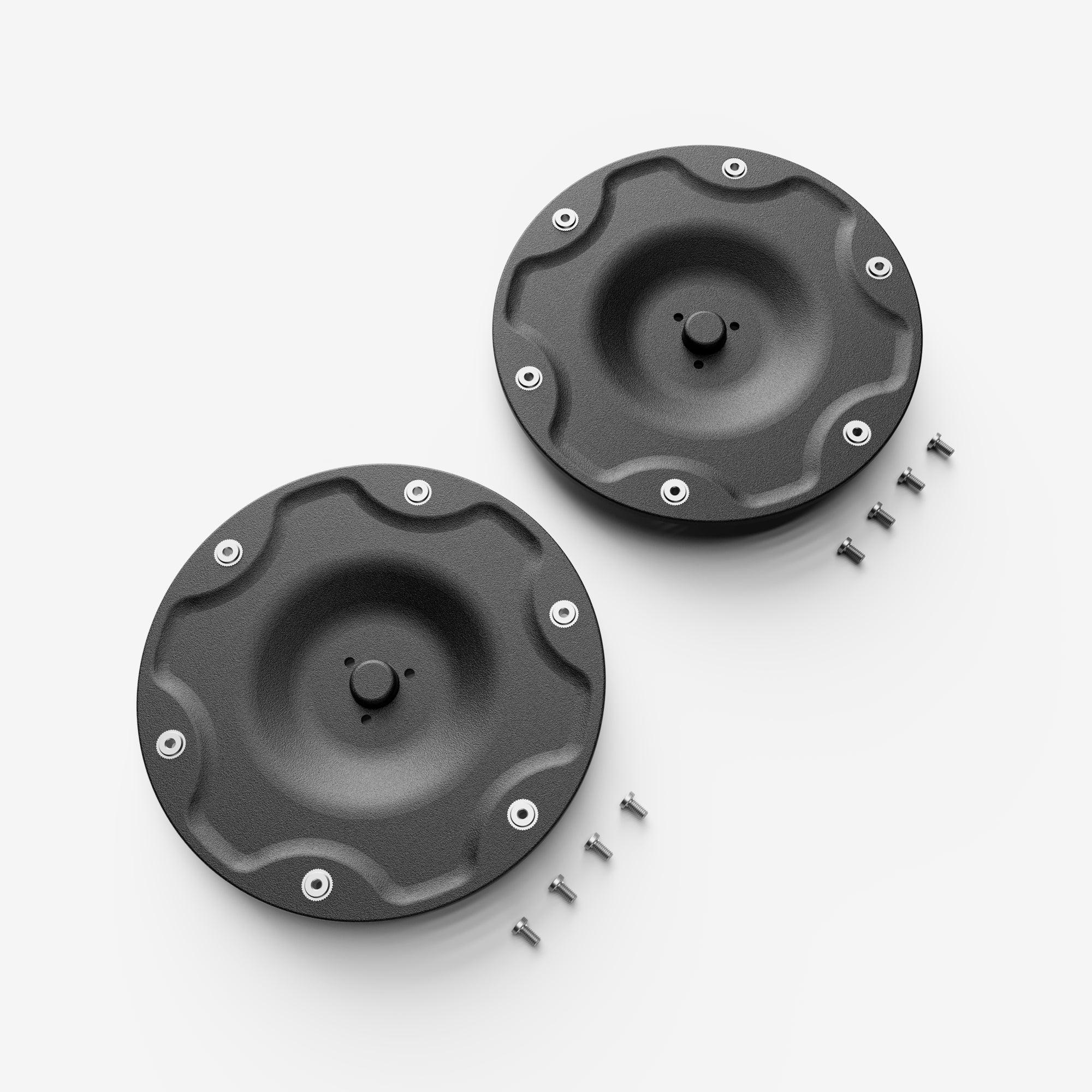

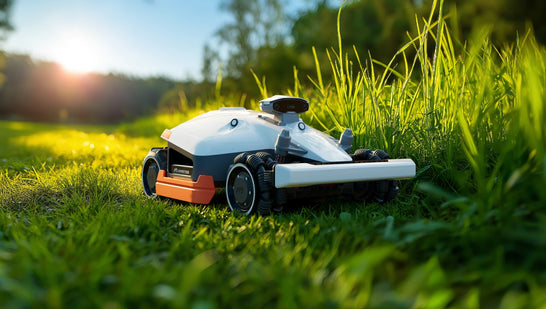
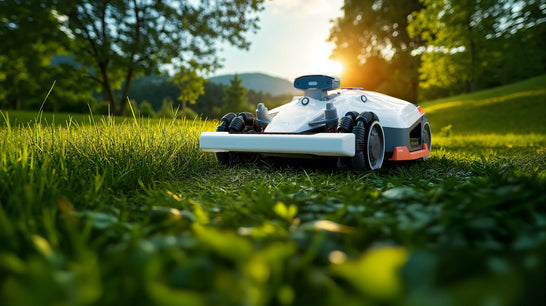
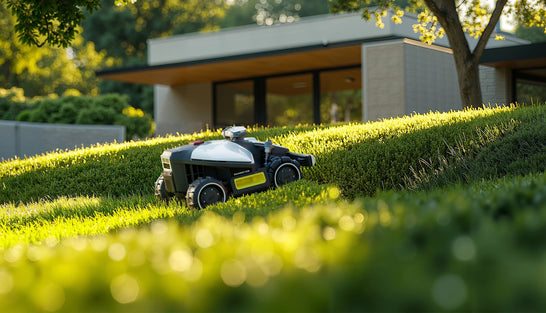
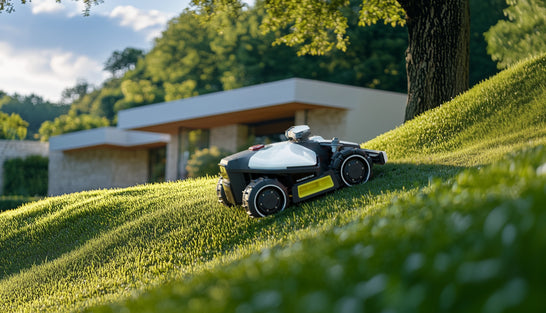
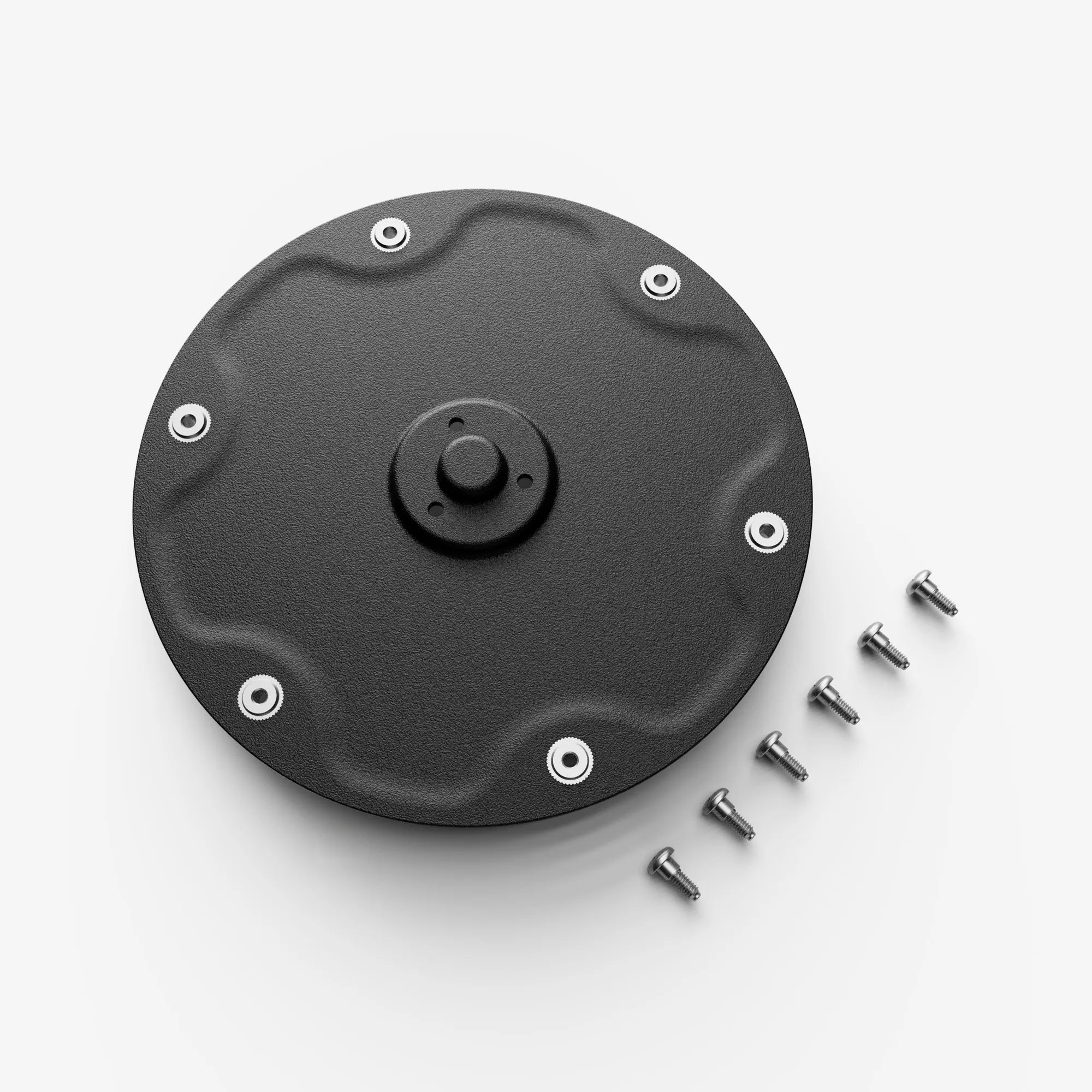
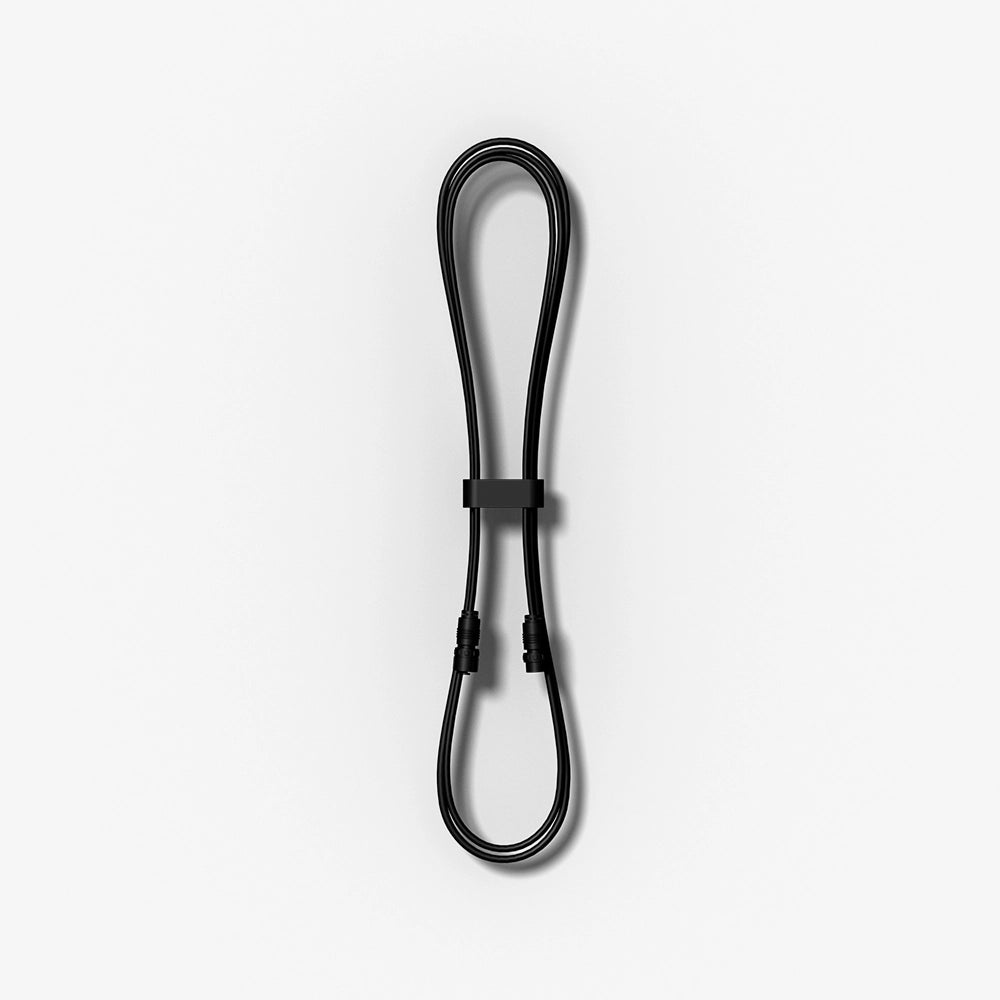
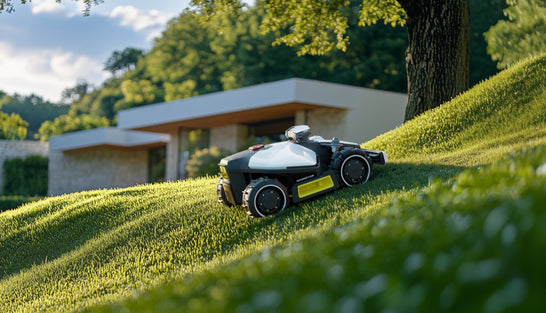
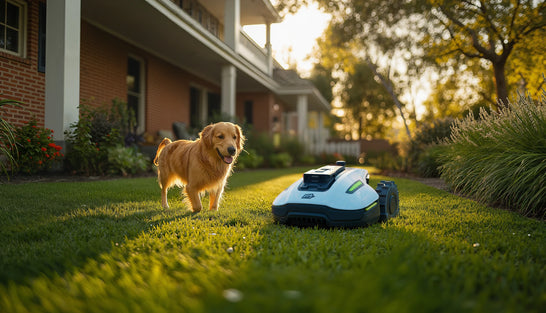
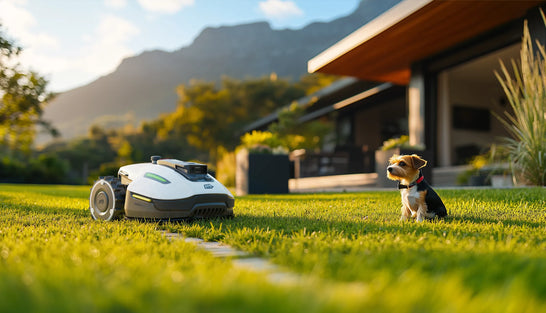
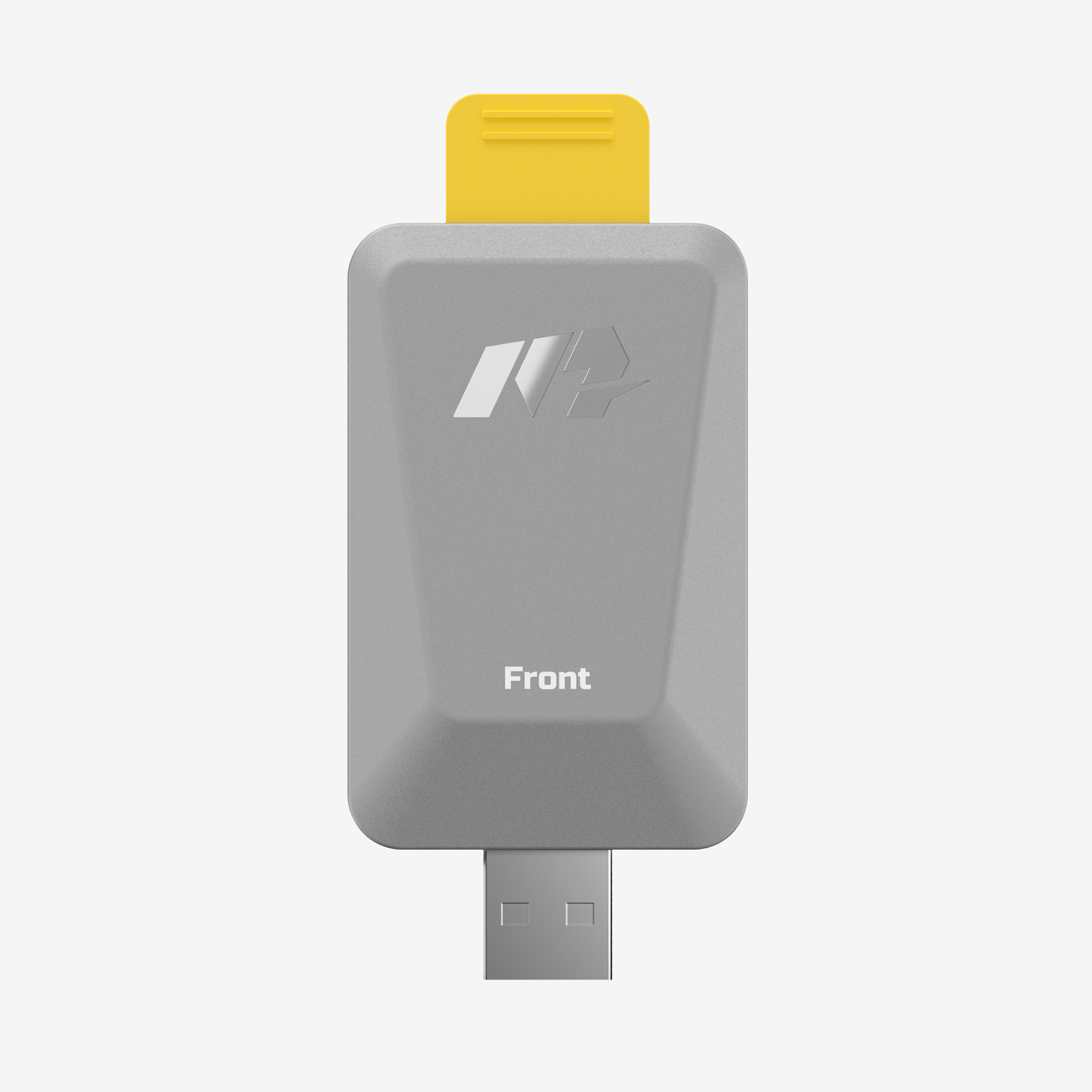
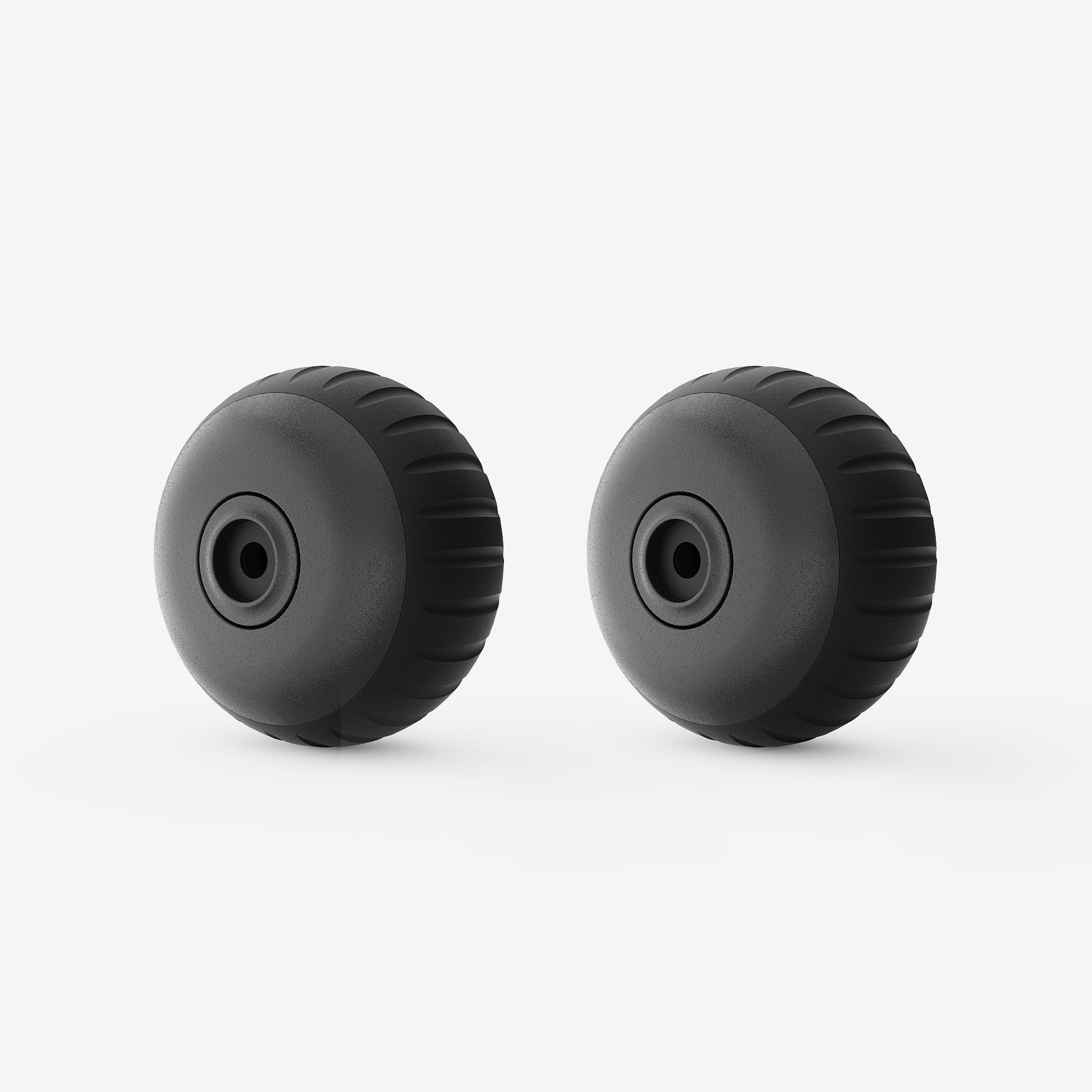

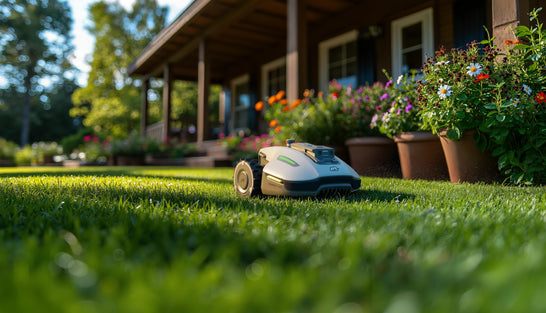
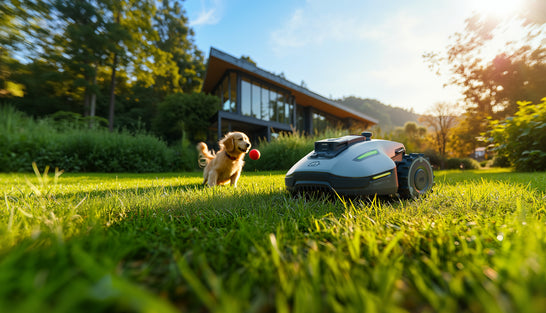
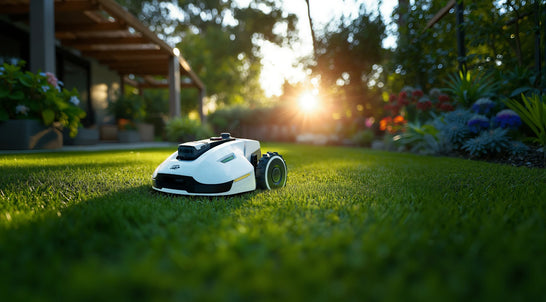


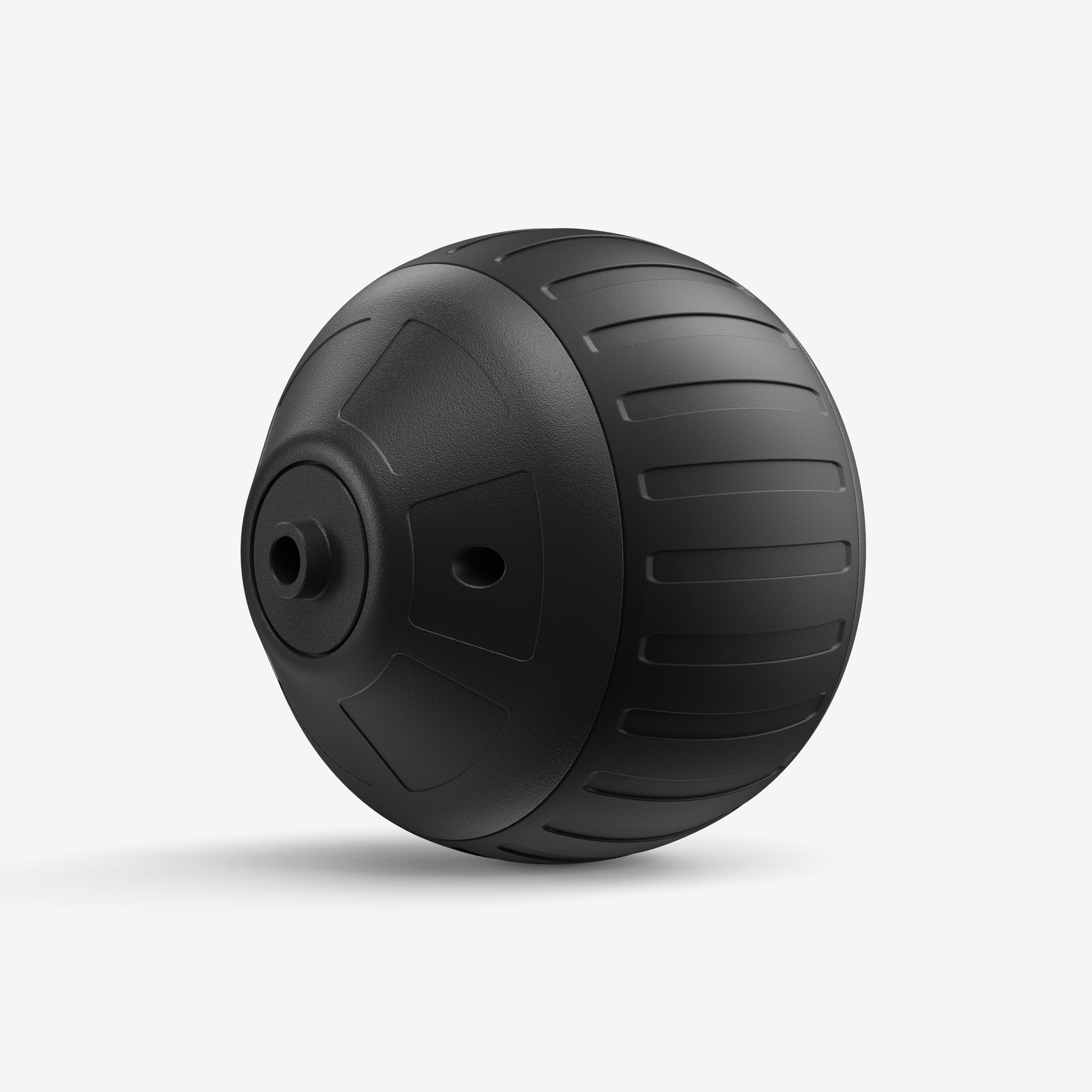
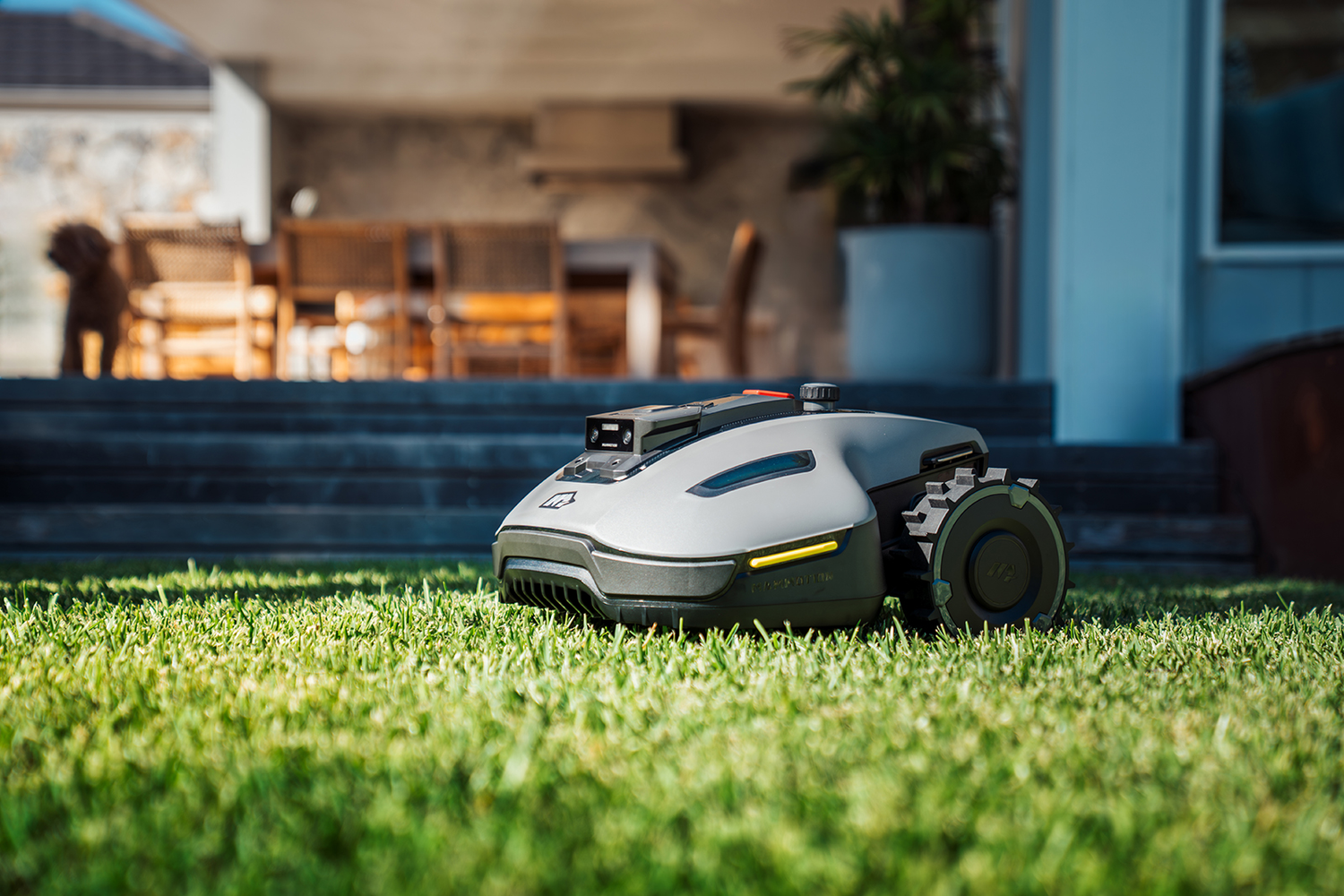


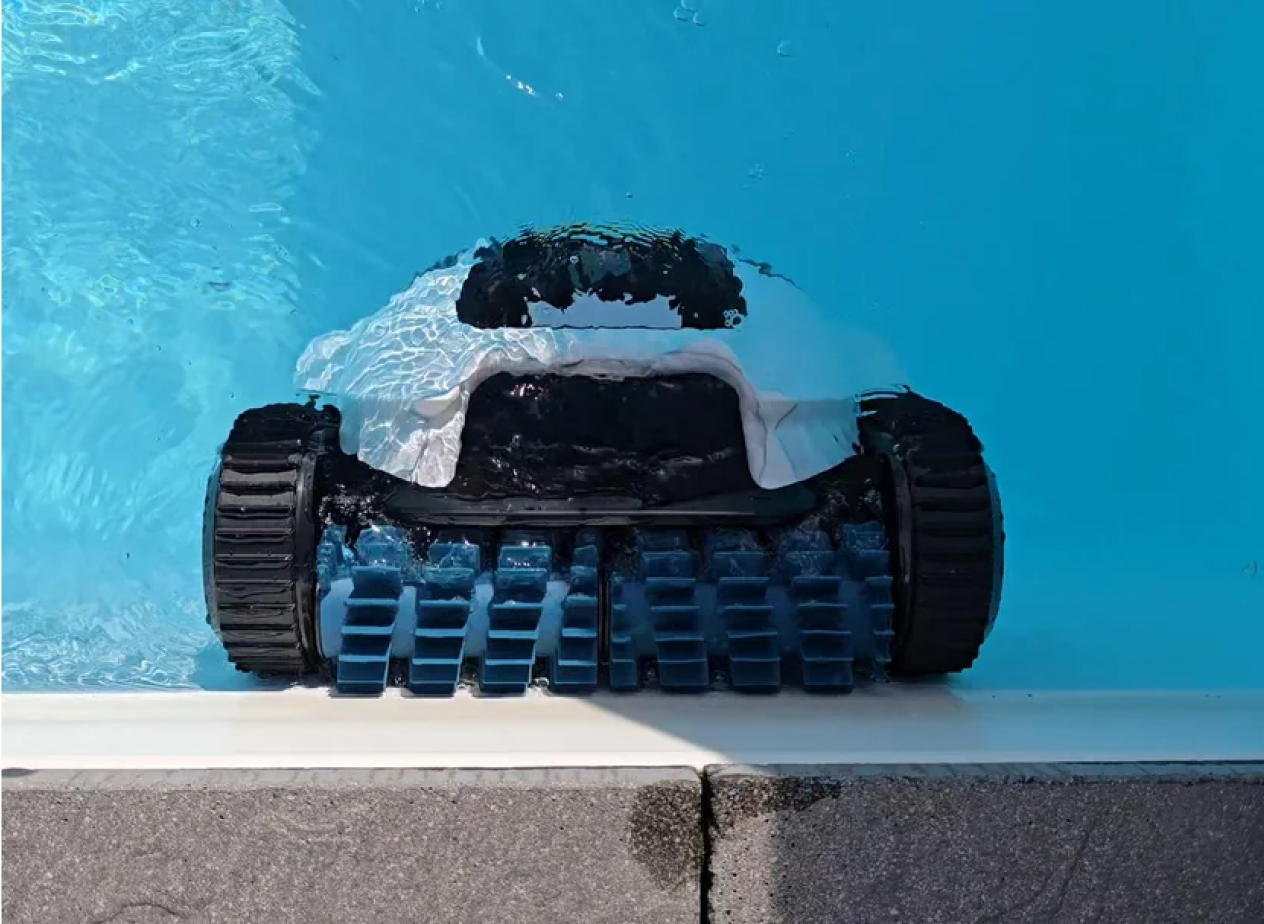
Leave a comment
This site is protected by hCaptcha and the hCaptcha Privacy Policy and Terms of Service apply.